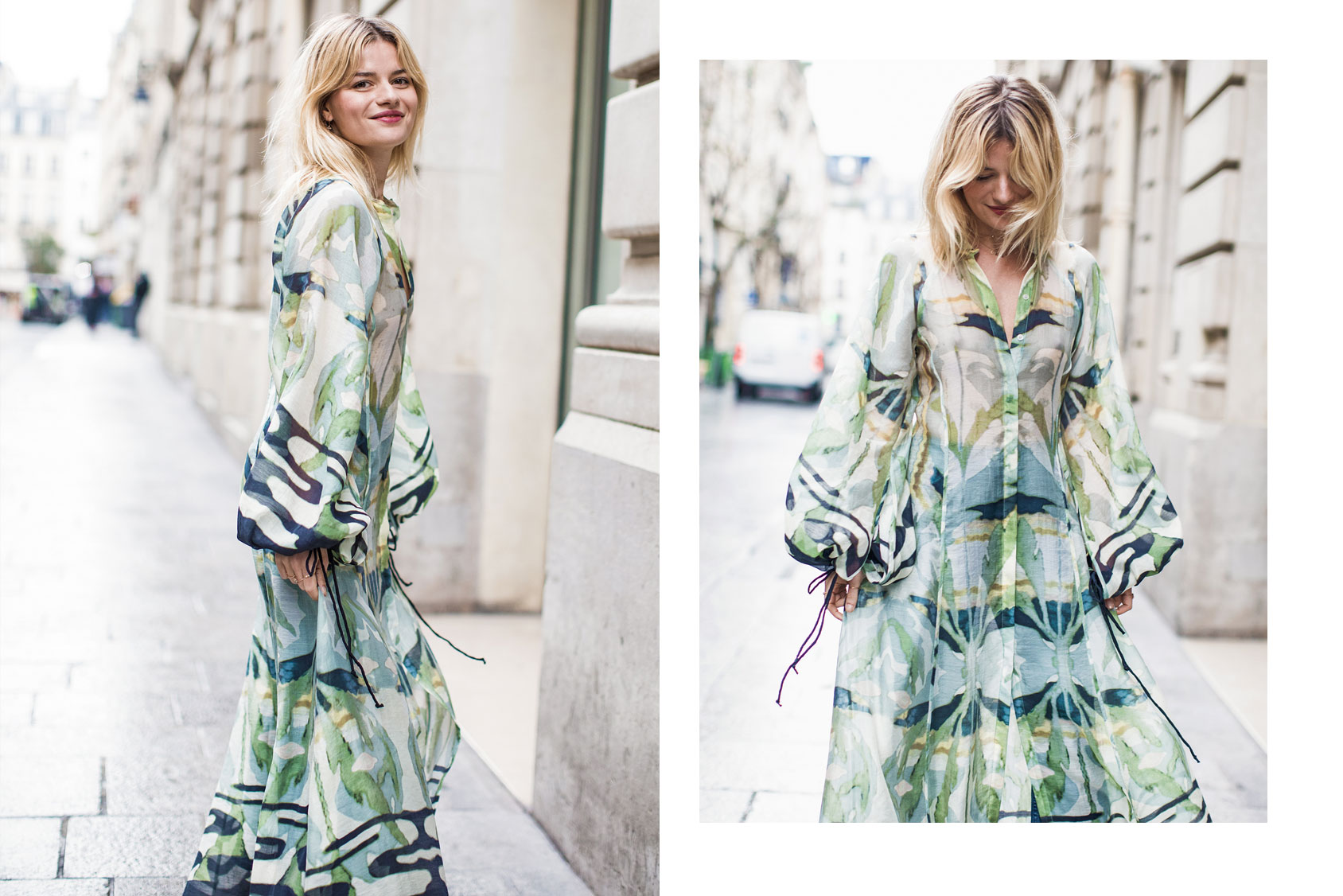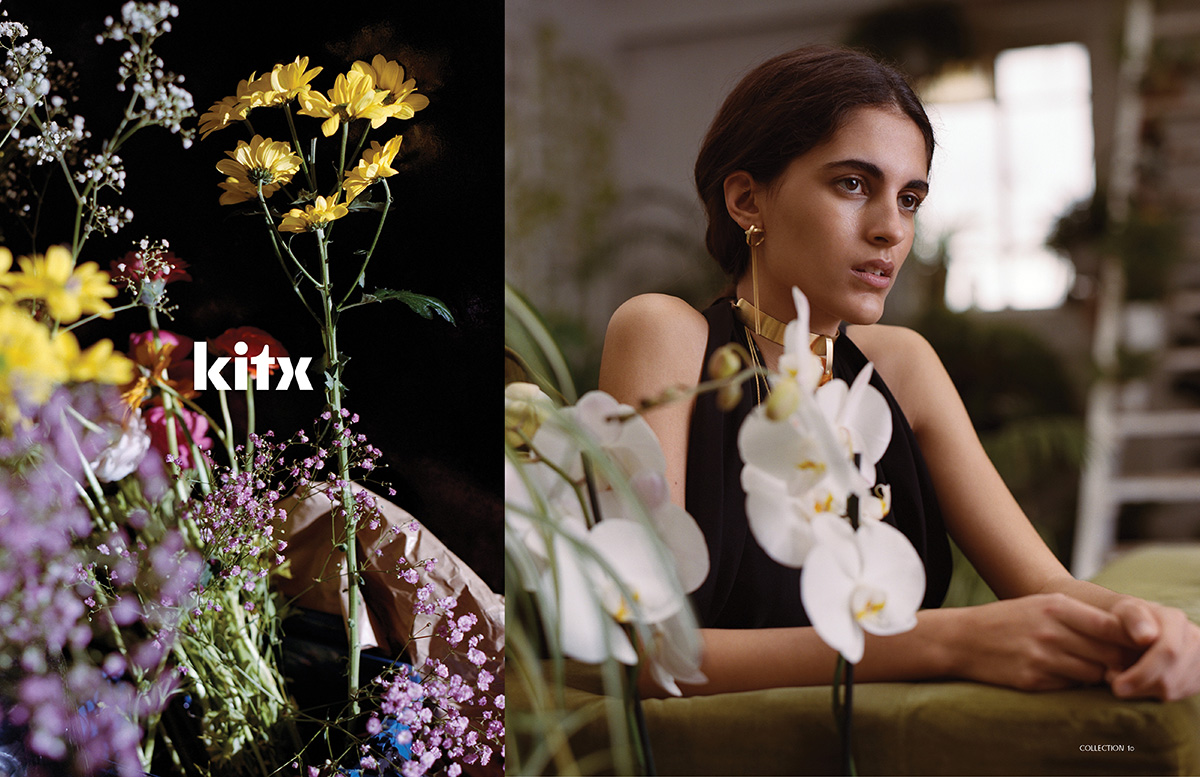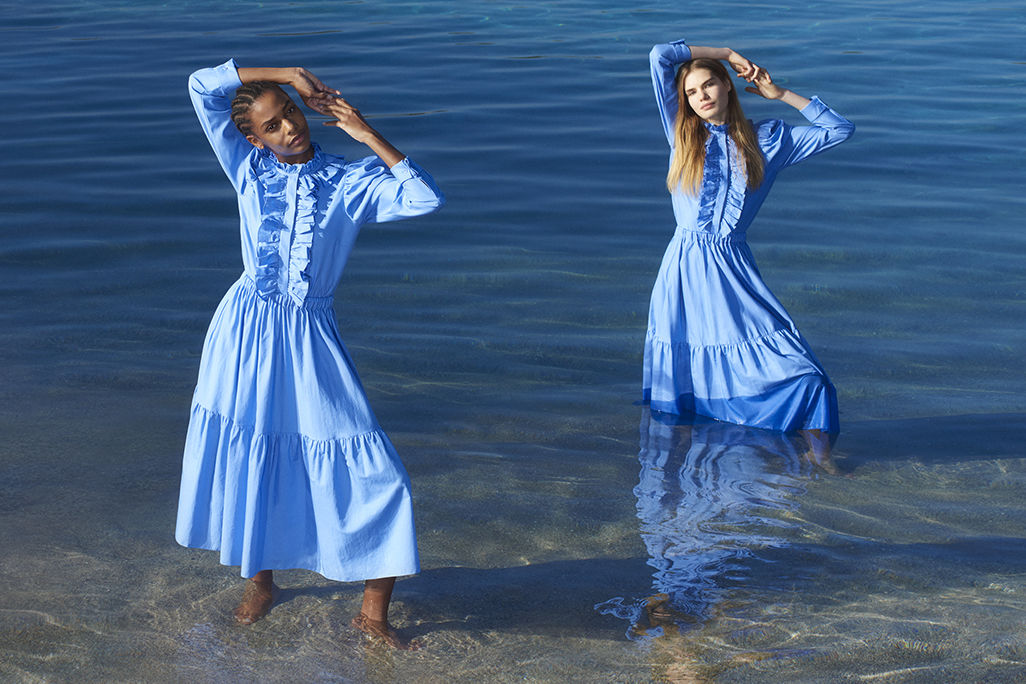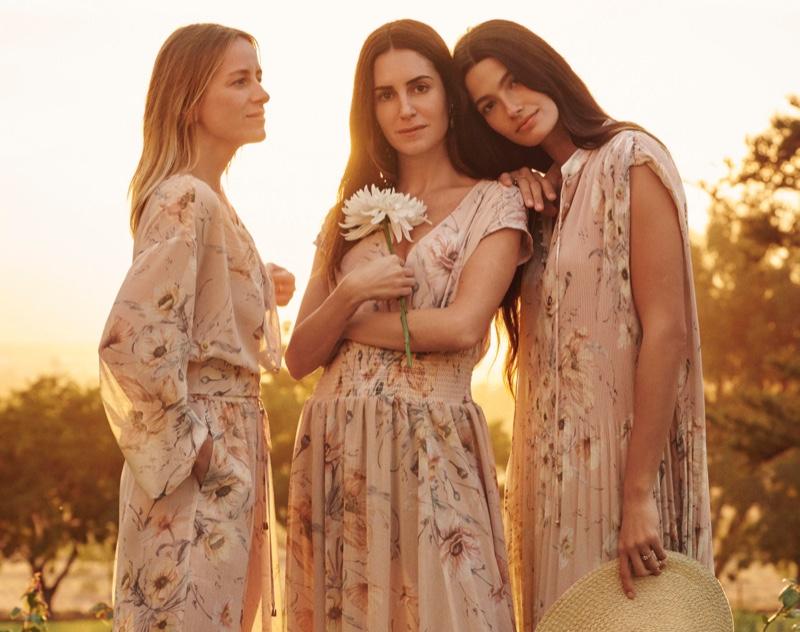
We’ve all been there – that therapeutic browse through Zara after a long day, pulling sparkling items from the shelf in a daze. Your change room is suddenly heaving with goodies…
The slimming mirrors, ridiculous prices ($30 for a top!) and the sanguine shop assistants encourage you to float out with a ‘whole new wardrobe’.
Except when you get home, the lustre of these new purchases somewhat dulls. You realise that you already have too much of that item that you never wear, or are laden with obscure ‘fashion finds’ that don’t fit with your pared-back aesthetic.
While I’m not partial to a purchase at the chain boutique per se, it’s time we become more mindful in our choices… and our emotional relationship to clothes could be the first place to start.
Caryn Franklin, Professor of Diversity at Kingston School of Art, speaks beautifully of the emotional correlation between sustainability and self-esteem.
“Women feel they will never be good enough, that they must keep on striving for an ideal they will never achieve,” she told the Guardian.
“They medicate with clothes, using them to create the self they think they need to have – and when the dress doesn’t deliver they keep on disposing of clothes along the way.”

Similarly, Cognitive Coach Alina Berdichevsky says, “when our identity is defined by the media and society at large, we start to choose our image with intellect rather than instinct. Coming back to who we are as women is imperative to purchasing only what we love from a place of self expression and personal power, rather than a compensating mechanism for lack of confidence.”
When we make ‘therapeutic’ yet unconsidered, impulsive fashion purchases, we add not only to the clutter and overwhelm in our own wardrobes, but to the demand that drives these practices.
The fashion industry is contributing to major environmental destruction only because we continue to buying clothes at such cheap prices. We love the bargain hit, without realising the ripple effect.
A $30 top thus, costs a lot more than you realise, so it’s time to consider what has been the social, environmental and ethical impact of constantly coveting a retail hit en masse.
In case you forgot, fashion is the second most polluting industry in the world after oil – and Australians are the world’s second largest consumers of textiles, buying on average 27 kilograms of new clothing each year. Unfortunately, most of this ends up in landfill.
This post-mortem doesn’t consider the impact of production, such as polluted waterways, land-destroying GM crops and unethical, exploitative production.

How to shop more mindfully, according to a stylist –
When I start the process of working with a client, I see wardrobes bulging at the seams with items never worn. No matter the type of client I work with, I have yet to meet a woman who didn’t feel some sort of shame with the amount of unworn or ill-purchased clothes she had hoarded.
Thus, a part of my role is to re-educate women on how they can express who they are and boost their confidence with discerning choices, rather than relying on the over-consumption of the latest trend.
This could mean finding your ‘look’ and abstaining from unnecessary purchases – those ‘must have’ pieces that actually do nothing to serve your best self.
While I’m not here to say exclusively not to purchase fast-fashion garments (because the right find in Zara can be nothing short of a life-long joy), you want to enhance your wardrobe in a considered, stylish and sustainable way, beginning from the inside out.
Here are my tips for being a great conscious shopper… and put mind over matter once and for all.

1. Find your style and know what looks great on you to start shopping smarter.
If that means investing in a stylist to edit your wardrobe, show you what looks great and teach you how to shop, then do so! This investment means you’ll never waste your money on stuff you won’t wear (or feel good in!) again. A streamlined wardrobe is great for both your soul and getting on top of your busy schedule.
2. When shopping, ask yourself two questions
Firstly, ask, “do I really need this?” Then ask, “can this piece be worn in several ways?” No matter how good the change room stylist tells you you look, or how salaciously the item has been discounted, if you can’t work it at least 3 times into the rest of your wardrobe, you’ll regret the purchase (and likely hoard the guilts for seldom putting it on).
3. Repair and tweak items to revamp your items to give you a fresh, customised touch.
If you can’t DIY, get a tailor to add buttons and create new seams. Turn jeans into shorts or skirts and amend sleeves to your liking. I recommend becoming best friends with your tailor and you’ll always uniquely express your style (even on a budget) – and help your current clothes stretch to new seasons.
4. Purchase from vintage and recycled stores
The trick is to integrate vintage and recycled pieces with your current wardrobe to add character and novelty to your look. I recommend this especially with furs, leathers and suede to ensure circularity and empathy for pre-loved animal hides.
5. Have a ‘fashion swap party’
Get together with friends to pick up ‘new’ items that may better suit your body type, whilst finding new homes for your treasured pieces that no longer work for you. I run these for clients to ensure a discerning eye, because there’s nothing worse than going home with more stuff you’ll never wear!
6. Integrate more sustainable garments in your wardrobe, made of natural fibres.
For instance, organic cotton and bamboo linen, hemp, linen, silk and wool. Lyocell, made from natural cellulose found in wood pulp (harvested from sustainably farmed forest plantations), also rates fairly well. This way when you shop, it’s in a way that is good for your health as much as the environment.
Thankfully, there are a rising number of designers and brands that use suitably sourced materials using sustainable methods. Their motto? “Great style doesn’t have to come at the expense of the environment.”
A handful of my favourites committed to both sustainability and ethical production: Kitx, H&M Conscious, Mara Hoffman, Stella McCartney, Amur, Cienne, Reformation, Doen, Heidi Middleton Art Club, where Mountains Meet.

We all love to look good, express ourselves and experiment with our style. However, it’s only when shopping from a more mindful intention that we can start to reduce global waste and enjoy a happier relationship with who we are, in a balanced way.
Do you believe there is a correlation between sustainable shopping habits and self-esteem?
ABOUT THE AUTHOR:
As a notable style coach, mentor and disruptor, Gessica Marmotta urges her clients to push their limits and dress with a mindful zest for who they truly are. Discover more and start to upgrade your style at www.gessicamarmotta.com.

1 Comment
YES!! It is great to see Breakfast With Audrey produce an article such as this. Blog posts on decluttering one’s wardrobe, and every other area of the house, seem to abound. Fewer people write about thoughtful consumerism and minimising purchases as a way of addressing human rights and environmental issues, and living a clutter-free existence. I am one of the people who does write a little about this, particularly my posts on slow clothing and buying at op shops. Thank you BWA!